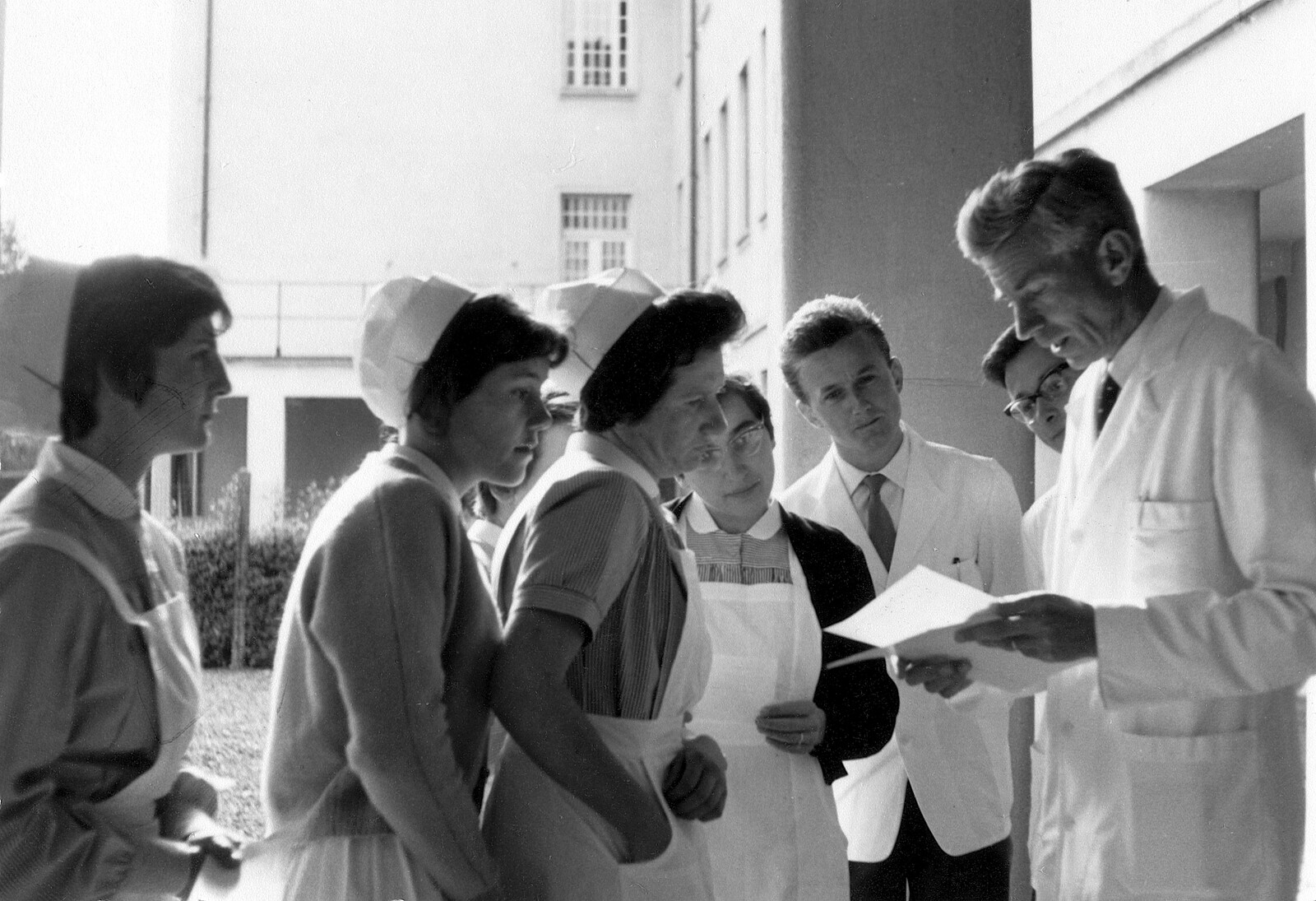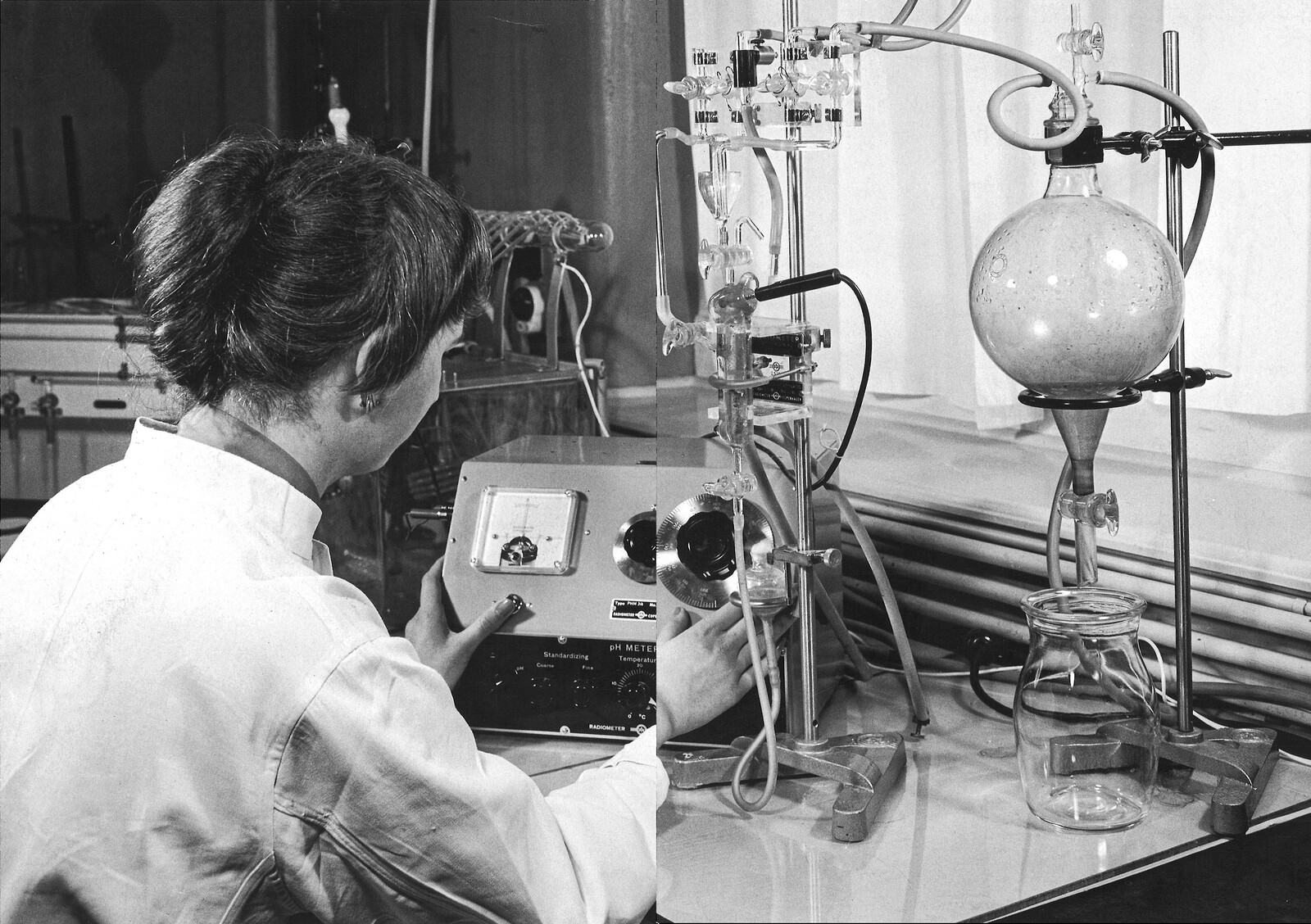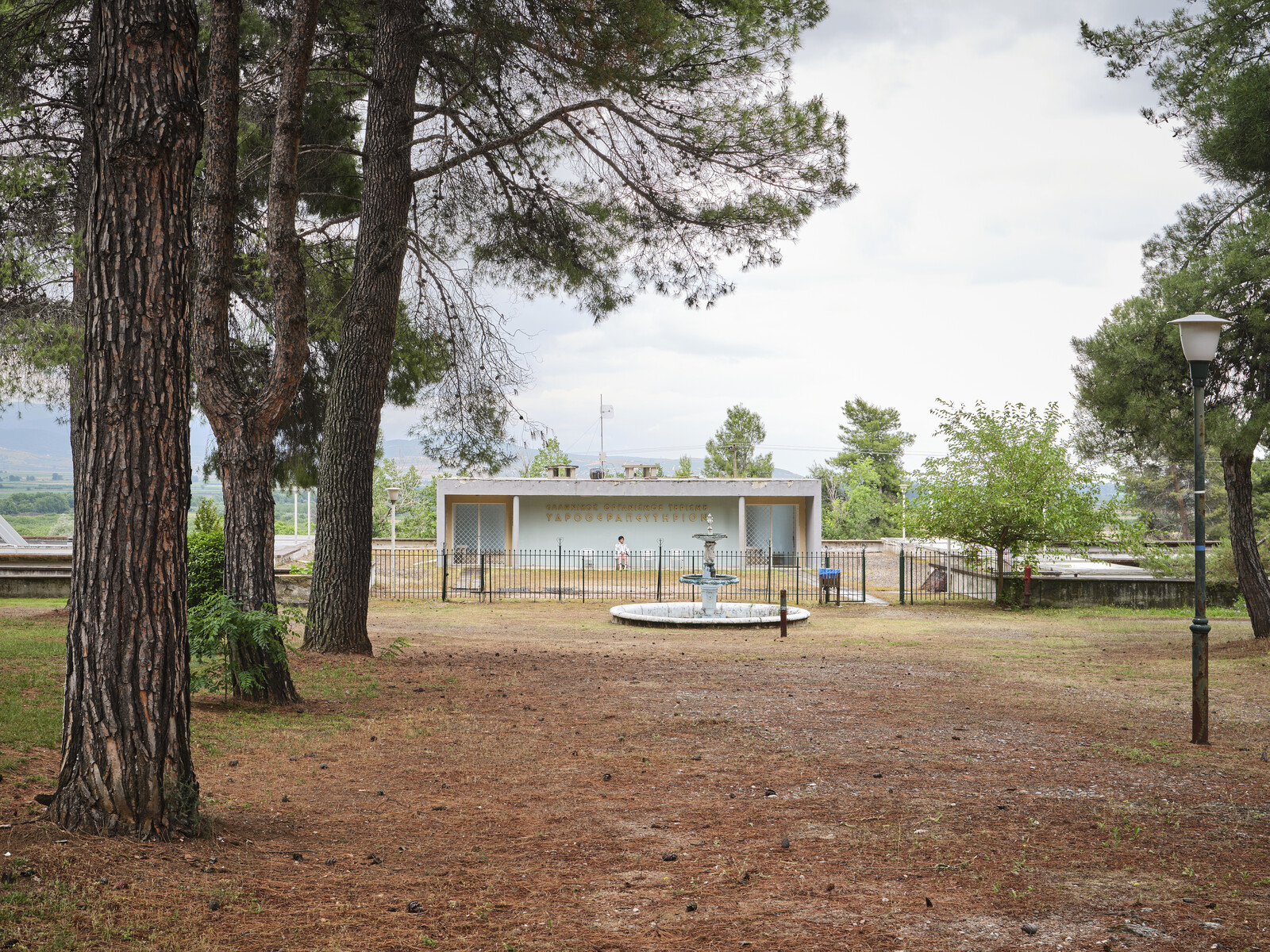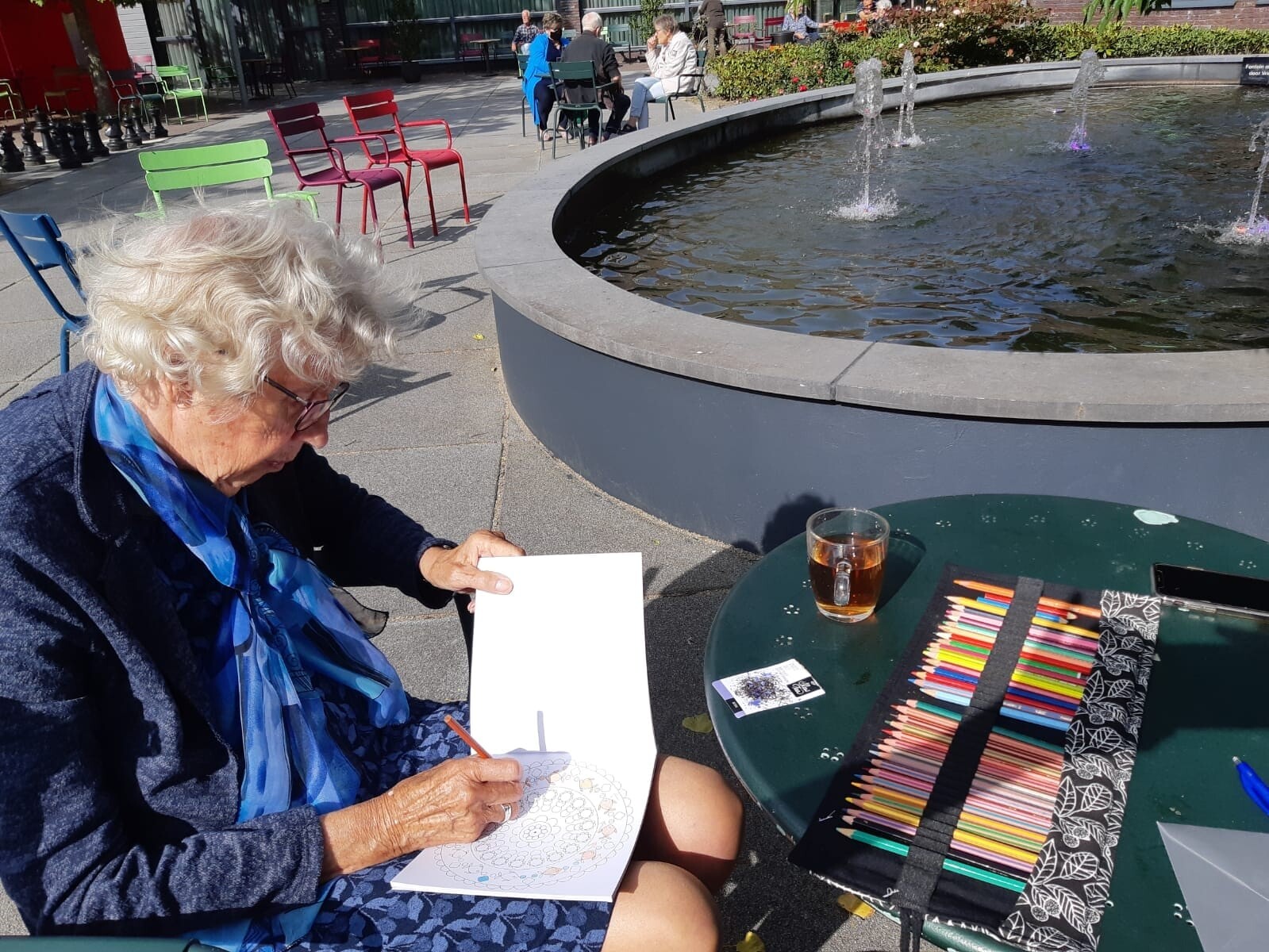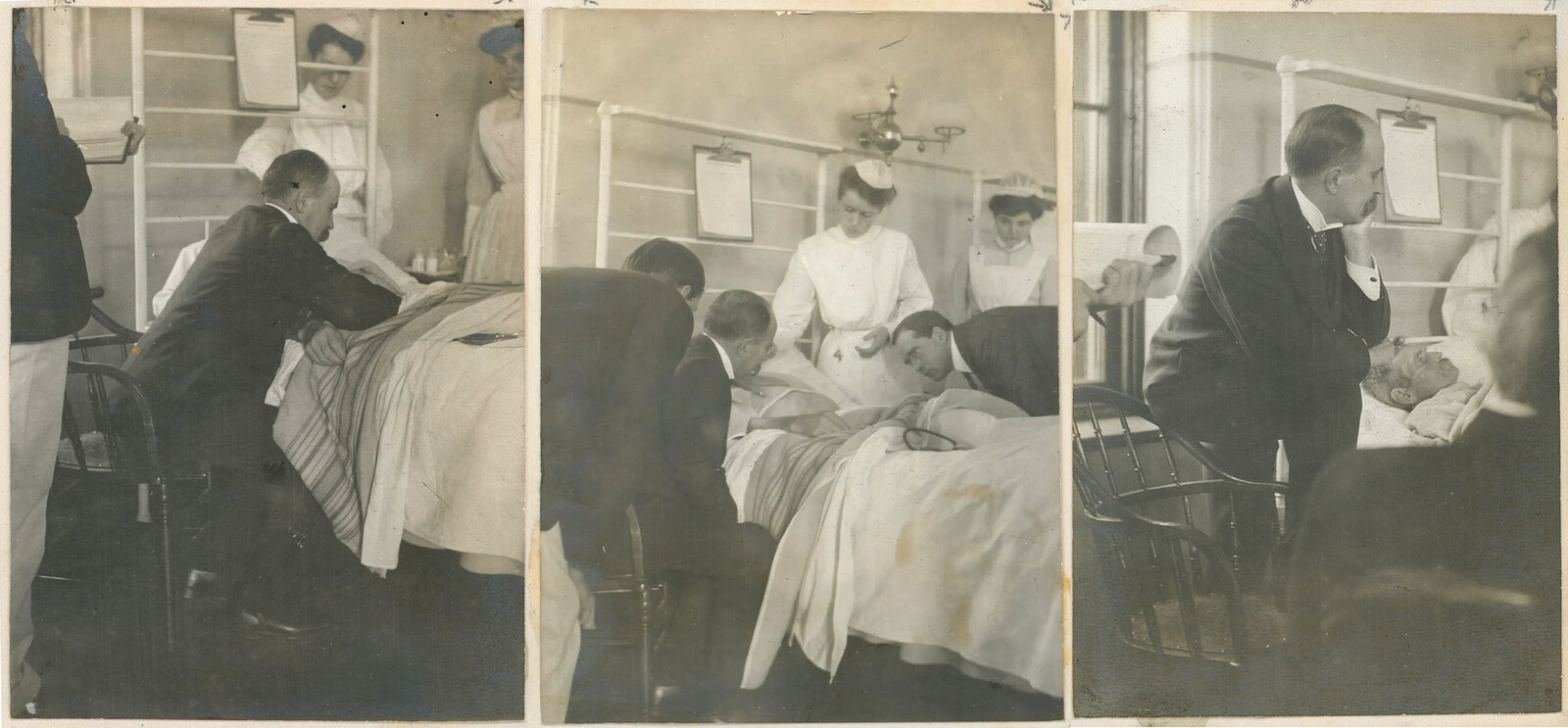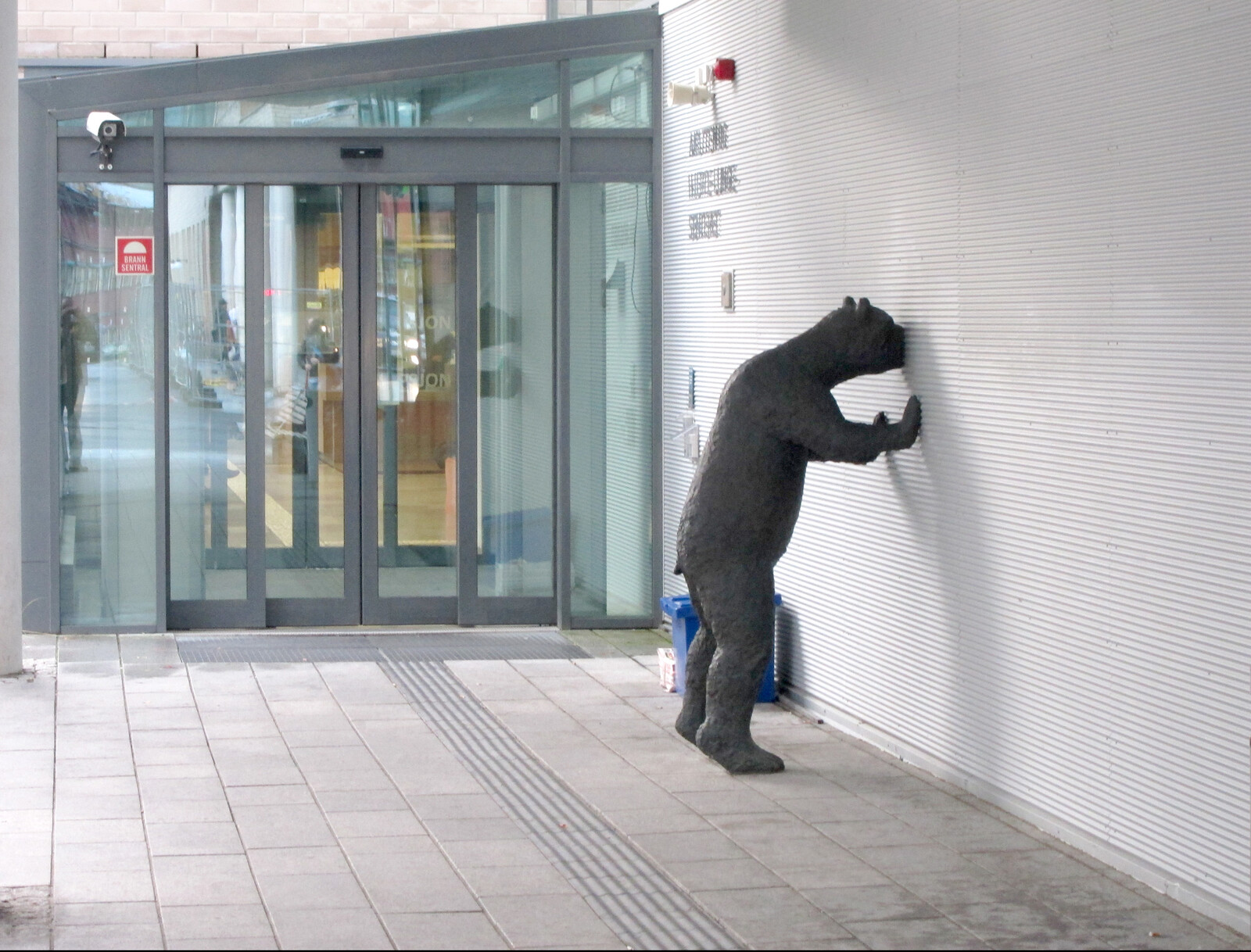The strange story of the dreaming nurses of Münsterlingen came to me by a chance find in the archives. While researching the extensive experiments with new drugs that psychiatrist Roland Kuhn had conducted in this rural psychiatric clinic in Eastern Switzerland on often unwitting patients, I came across the collected dreams of female caregivers. Embedded in patient files, the dreams formed the core of psychotherapy protocols. Some nurses, I began to uncover, were asked to attend psychotherapy with their boss, Kuhn, while continuing their care work, thus being transformed into patients of sorts. Their dreams were an entry point for the talking cure, and a token of their collaboration.
Dreams are rare sources for historians. They belong to the subjective, ephemeral realm, even though they still bear witness to a particular time, place, and life. They are fleeting, tangible only indirectly, as a memory, narrative, note, or story; and each time they are remembered and retold, their contours change a little. This is why the writer Jorge Luis Borges categorized them as a “work of fiction,” for their unfixed, intrinsically narrative quality.1 In the beginning there must have been a word in this psychotherapeutic setting, a dream retold. In the evenings, Kuhn would sit down and speak into his voice recorder. Later, his secretary would type up what had been dictated, as a silent ally, and insert the copies into medical files. At Kuhn’s encouragement, some nurses would bring handwritten, dated notes with their dreams of the week to the sessions, while others kept a dream diary, at times showing increasing poetic verbosity over the course of the treatment. The archived dreams are thus polyphonic, authored by Kuhn, his secretary, and the dreaming nurses, and they tell us as much about this dense, hierarchical setting as about the nurses themselves.
Years later, in search of entirely different files, I would open those archive boxes and come across protocols, dreams, and conversations. I copied them, typed them up, a wrote them down once again, adding another layer to the increasingly spiraling observation of observers. Take, for example this dream, which itself is already layered:
Dreams: The patient dreamt that another nurse had to go to another psychotherapist. He told her that he needed a squirrel to help her, and that she should look for one. She looked for the squirrel and eventually found it. It was very small, so she was able to hold it in her hand. Somehow, without her noticing, it gave birth to six young squirrels. These were very small. The squirrel died in the process and the cubs were now always looking for milk.2
Kuhn’s dream interpretation, however, seems disappointingly meager in the records. In the squirrel dream, he mainly saw a reference to an old fairy tale revolving around people transforming into animals. As he was oriented towards Daseinsanalyse, a Heidegger-inspired psychoanalytical strand that considers dreams a “way of being-in-the-world,” he favored manifest dream content over an interpretation of latent or symbolic elements. Thus, dreams were read quite literally in Münsterlingen, providing just another trace of a life’s trajectory.
Located near the Austrian and German borders and overlooking picturesque Lake Constance, the rural psychiatric clinic of Münsterlingen became famous for Kuhn’s discovery of the first antidepressant, Tofranil, in 1958. Kuhn had been a senior physician there since 1939, becoming the director of the clinic in 1971 and remaining there until his retirement in 1980. More recently, he has become the focus of a media scandal and a historical investigation, since former patients have come forward to recount their experiences of being involved in clinical trials without their consent or knowledge.3 His psychotherapies with nurses raise, in retrospect, similar questions about the ethics of therapy in a strictly hierarchical, densely interwoven social microcosm.
As was common at the time, unmarried staff lived on the premise of the clinic as well as the Kuhn family and other personnel. Until 1973, the nursing staff even lived on the wards, door to door with the patients. To leave the premises, a gatekeeper guarding an iron gate had to be passed; the curfew was set at 11 p.m. Female nurses had a different status than their male counterparts. On average, they were younger and often in concomitant training. Kuhn once described female nurses as “socially disadvantaged” compared to male ones because they often did not yet have their own families, making them more dependent on the “family” of the psychiatric clinic. For this reason, a “nurses’ Christmas” had been introduced, so that caregivers could celebrate with their “institutional family.”4
Since the 1950s, psychiatric care increasingly became a female profession, a change usually associated with the advent of modern psychotropic drugs. With modern antipsychotic drugs, such as the neuroleptic chlorpromazine introduced in 1953, wards became quieter. Patients appeared more subdued and calmer, thus requiring less physical strength in nursing than before. Tellingly, the designation for the nursing profession also gradually changed from “warden” to “nurse” around that time.
Kuhn’s psychotherapies with staff mainly affected female caregivers. One reason for this was that female behavior was more readily framed as depressive or “ill” than male, and narratives of melancholic, crying or simply “difficult” women came into play rather quickly in the consulted sources from Münsterlingen. For Kuhn there was no question, for example, that a nurse who “always walked around stiffly with a reproachful face” and found “a fly in the ointment everywhere” was not simply unhappy at her job but showed symptoms that he interpreted as “typically depressed.”5
Psychotherapy protocols from the 1950s to the 1970s bear witness to how an unequal psychotherapeutic relationship and a similarly hierarchical work structure overlapped. Unconventional sexual behavior, problems at work, and even gossip from the wards were all translated into a psychoanalytic language, thereby narrowing the gaze and locating the source of all difficulties within the nurses. Fittingly, the decisive factor for Kuhn initiating a psychotherapy was in most cases work-related, like when a nurse performed too slowly, inadequately, complained, cried in her room, or had quarrels with others. When he got word of such incidents, he ordered the nurse to his office for a talking cure. These sessions could last from an hour to over three and happened once a week, biweekly, or more intensely, always during working hours. The therapies could last a few weeks or, in most cases, many years or even decades.
What motives lay behind this unusual practice? The dreams Kuhn hat set out to collect certainly provided him with rich material for his interest in Daseinsanalyse, for the nurses were apt dreamers, versed in the language of psychiatry and often more eloquent than many of the patients. The microcosm of the clinic ensured close observation. But even more crucially, the nurses’ talking cures provided him a versatile instrument to regulate and maintain the clinical order.
Indeed, the clinic might have caused malaise for the nurses in another sense, since structural problems were not tackled at an organizational level, but transferred into their psyches. The immense burden of care work, at times amounting to fifty-eight hours of “heaviest work” per week, was transformed into individual difficulties, mainly depressions. Kuhn himself admitted in 1966 that there was an “actual circle of doom” at his clinic: a chronic lack of staff, particularly on the women’s wards, led to “nervousness and dissatisfaction” among the nurses, inciting more of them to quit their jobs, in turn increasing the workload for the remaining staff.6 In order to address this, he chose the strategy of attempting to retain their ability to work with the help of dream analysis, psychotherapy and psychopharmaceuticals.
For the caregivers, the line between health and illness was narrow and seems to have been moderated primarily by the will to maintain the clinical order. Spatially speaking, they were always in between the couch, the ward, and their bedroom. They had to occupy the role of the patient, private citizen, and staff all at once. These three strands became entangled into a dense bundle in Kuhn’s talking cure, with the registers of labor and the personal overlaid by psychotherapeutic language. Roles were blurred and many borders transgressed. Nobody put this more pointedly than one of the caregivers affected by Kuhn’s therapy, who claimed it was as if she “had to live three lives at once, one in psychotherapy, one on the ward, and another one outside the fence of the clinic.” Living three lives at once was, to her, excessively exhausting, and she eventually chose to quit her job.7
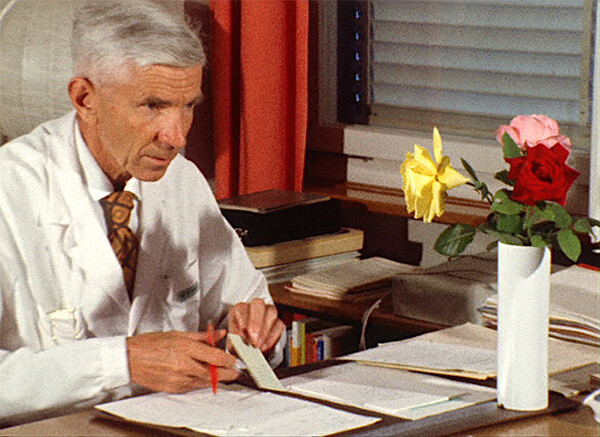

Roland Kuhn in his office, 1973, SRF TV archives.
Since dreams are ephemeral, it is impossible to assess the veracity of their recollection, which at least potentially opened up some space for agency for the dreaming nurses of Münsterlingen. Some of the archived dreams seem to have something subversive about them, for instance when a nurse repeatedly dreamed of a dead Kuhn lying in a coffin. Another nurse went week after week to therapy only to report that she had not dreamt anything at all. This drove Kuhn into growing desperation and helplessness. He interpreted her silence and lack of dreams as a clear sign of the classical resistance that is part of the psychoanalytic process. In some ways, it was: once she started talking, the nurse addressed the setting, which she found humiliating because it made her feel as if she was “forced to speak.”8
Refusing to dream, to recount dreams, or on the contrary inventing particularly interesting, beautiful dreams may have been among the few strategies of resistance against these involuntary talking cures available to the caregivers. The close proximity on the clinic premises where they repeatedly encountered Kuhn by chance—who routinely assessed and commented on their state—as well as his dual role – boss and psychoanalyst – must have made for a coercive, constricting setting. Another, much more difficult option was to leave the clinic and find another job, a strategy to which many of the nurses under treatment eventually resorted.
The nurses often dreamed of the clinic in all its particularities, which featured mountains of pills, syringes, gangster-doctors, or patients and colleagues. Kuhn figured prominently as an object of transference. The doctor in his white coat, as one dream goes, was living in the childhood home of a nurse and started opening cupboards with her old stuffed animals, quite literally entering her childhood memories and taking a seat at the family table. In another example, Kuhn operated on people’s souls, with the risk of heart failure, infection, and bleeding, ordering the nurse to “nurse well, nurse them healthy.”9
It seems like a poignant comment on this setting that a caregiver had scribbled “Daddy Longleg” in English under a photograph in her photo album showing Kuhn surrounded by staff. The nickname circulated in the clinic, designating a spider with long, thin legs, as well as a popular 1955 Fred Astaire-movie with a Pygmalion plot, in which an anonymous, rich older man pays for the education of an orphan, whom he later marries.10 For the Münsterlingen talking cures, the nickname is particularly revealing, since Kuhn was roughly a generation older than most of the nurses he treated. It may also point to a certain type of familialism, which was common in therapeutic quasi-families. As criticized by Deleuze and Guattari, the therapist in this case assumes a “doctor-daddy-judge” role, thus at once enforcing social power structures and reproducing the triple hierarchies of the family, the law, and psychiatry.11
Daddy Longleg had spun a wide web over the Münsterlingen clinic. Yet it wasn’t until the 1970s that external criticism was voiced, and politicians questioned the many roles he had amassed, perhaps unwittingly employing a spider metaphor again: “There isn’t a single thread in this psychiatric clinic that doesn’t end with him,” said one political note. At that point, Kuhn was in charge of selecting staff, teaching nursing classes, overseeing the nursing education, as well as being responsible for over 3,000 patients.12 Kuhn, however, managed to dodge the accusations, as he often did, by pointing to the strained budget of the clinic.
Even though the blurring of roles that happened in Münsterlingen—the dreaming nurses/patients, the therapist/boss—initially may seem reminiscent of reformist approaches to psychiatry, such as the French clinic La Borde where institutional roles were interchangeable and all participants were cooking, doing therapy, and living and working together, this parallel ultimately falls short.13 Although people lived in a clinical microcosm, Münsterlingen in no way corresponded to a therapeutic community, as has been implemented elsewhere. The hierarchies remained unchanged, and the disciplinary dispositive in force. In contrast to reformist approaches, Kuhn’s way of thinking was free of social critique.
Thus, the treatment of nurses and the collection of their dreams was primarily a tool to regulate life on the wards, discipline perceived transgressions, and maintain workflow. In addition, the dreams and conversations provided a rich stream of inside information and raw material for existential analysis. However, there was also criticism, resistance, competing interpretations, and humor from the nurses themselves. Since dreams are subjective and elusive, they ultimately generate a surplus of images and imaginations that escaped the Münsterlingen setting and were not exhausted in Kuhn’s dream interpretation.
Jorge Luis Borges, lecture at the Teatro Coliseo, Buenos Aires, 1977.
For sources and a more detailed history of the dreaming nurses, see Magaly Tornay, Träumende Schwestern: Eine Randgeschichte der Psychoanalyse (Vienna: Verlag Turia + Kant, 2020), 9, 91. All pictures are also taken from the book.
For a comprehensive history of these trials see Marietta Meier, Mario König, and Magaly Tornay, Testfall Münsterlingen: Klinische Versuche in der Psychiatrie, 1940–1980 (Zürich: Chronos Verlag, 2019).
State Archive of Thurgau, 9’40, 1.0.3/0, Diary Kuhn, Vol. 1, 17.12.1971.
Tornay, Träumende Schwestern, 51.
Ibid., 53.
Ibid., 79 f.
Ibid., 75 f.
Ibid., 105 f.
The film was based on the 1921 novel by Jean Webster. Thanks to Rainer Gross for this reference.
Gilles Deleuze and Félix Guattari, Antioedipus: Kapitalismus und Schizophrenie (Frankfurt am Main: Suhrkamp, 2019 (1977)), 122.
State Archive of Thurgau, 4’802’151/475, Interpellation betreffend Abklärung der Verhältnisse in der Psychiatrischen Klinik Münsterlingen (February 1973), 9.
See Camille Robcis, Disalienation: Politics, Philosophy, and Radical Psychiatry in Postwar France (Chicago: University of Chicago Press, 2021.
Treatment is a collaboration between e-flux Architecture, the Institute for the History and Theory of Architecture (gta), ETH Zürich (2021 and 2025), and Istituto Svizzero, Rome (2025).
